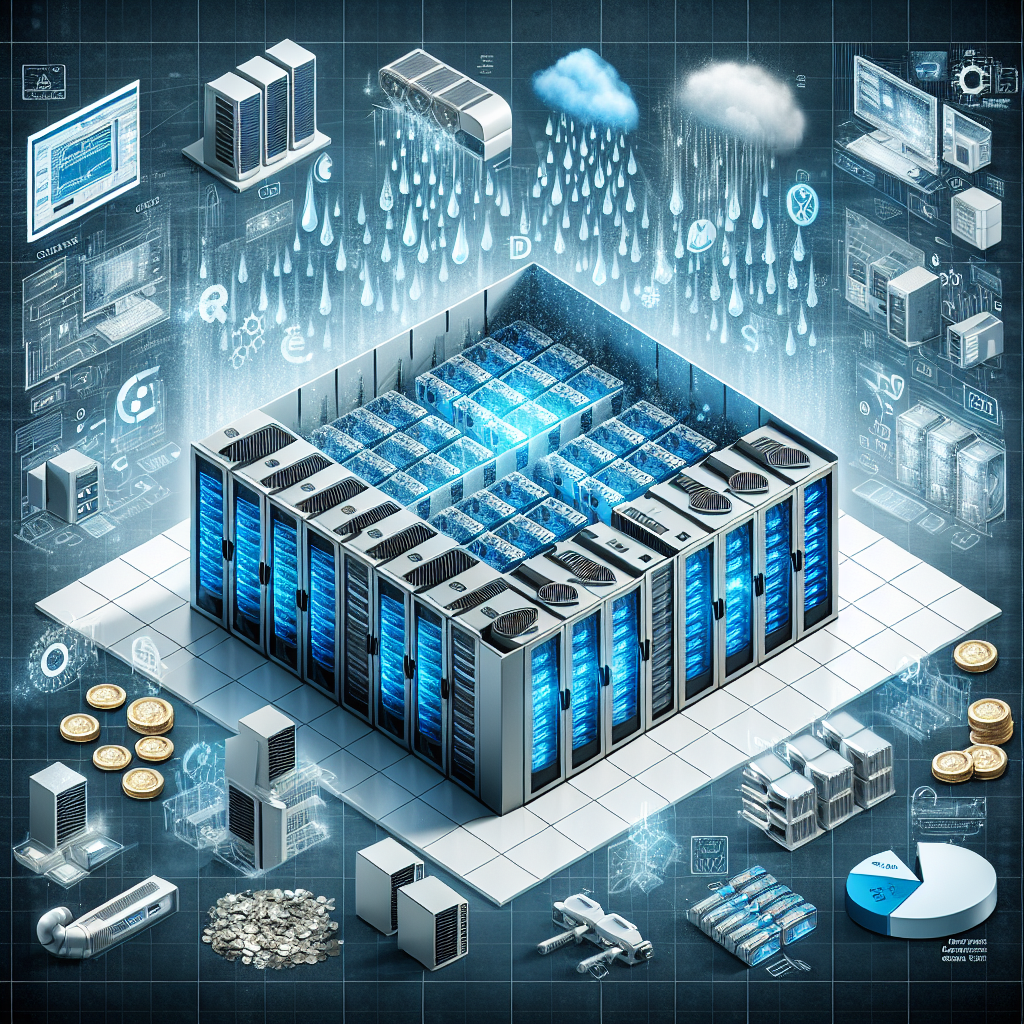Your cart is currently empty!
The Economics of Data Center Cooling: Cost-Effective Solutions

Data centers are the backbone of the digital economy, housing the servers and networking equipment that power the internet and store vast amounts of data. However, as data centers have grown in size and complexity, so too have their cooling requirements. Cooling systems are essential to prevent servers from overheating and to ensure optimal performance, but they can also be a significant source of energy consumption and costs.
The economics of data center cooling are complex, with considerations ranging from initial capital costs to ongoing operational expenses. In recent years, data center operators have been under increasing pressure to find cost-effective solutions to reduce energy consumption and lower cooling costs. Fortunately, there are a number of strategies that can help data centers achieve these goals without compromising on performance or reliability.
One of the most effective ways to reduce cooling costs is to optimize the layout and design of the data center. By carefully planning the placement of servers and cooling equipment, operators can minimize the distance that hot air must travel to be cooled, reducing the energy required for cooling. Additionally, using hot and cold aisle containment systems can help to isolate hot and cold air streams, further improving efficiency.
Another key strategy for cost-effective cooling is to implement temperature and humidity controls that are tailored to the specific needs of the data center. By monitoring and adjusting these parameters in real-time, operators can ensure that cooling systems are running at peak efficiency and are not overcooling the facility. Additionally, using free cooling techniques such as air-side economization can help data centers reduce their reliance on mechanical cooling systems, further lowering energy costs.
In addition to optimizing the layout and design of the data center, operators can also invest in energy-efficient cooling equipment that is specifically designed for data center environments. This can include high-efficiency chillers, variable speed fans, and advanced monitoring and control systems that can help operators identify and address inefficiencies in real-time. By investing in these technologies, data center operators can reduce energy consumption and lower cooling costs over the long term.
Overall, the economics of data center cooling are a critical consideration for operators looking to maximize efficiency and reduce costs. By implementing cost-effective solutions such as optimizing the layout and design of the data center, implementing temperature and humidity controls, and investing in energy-efficient cooling equipment, operators can achieve significant savings while maintaining optimal performance and reliability. With the right strategies in place, data centers can not only reduce their environmental impact but also improve their bottom line.

Leave a Reply